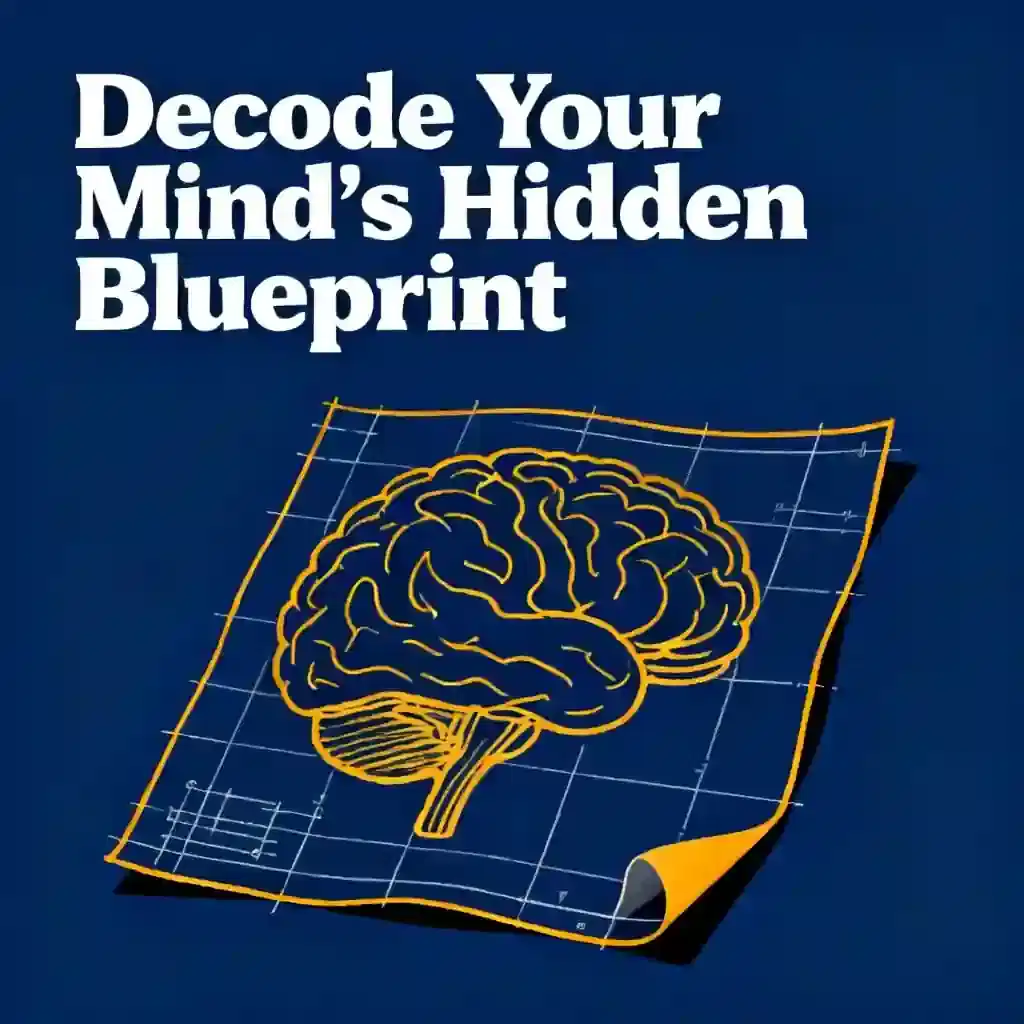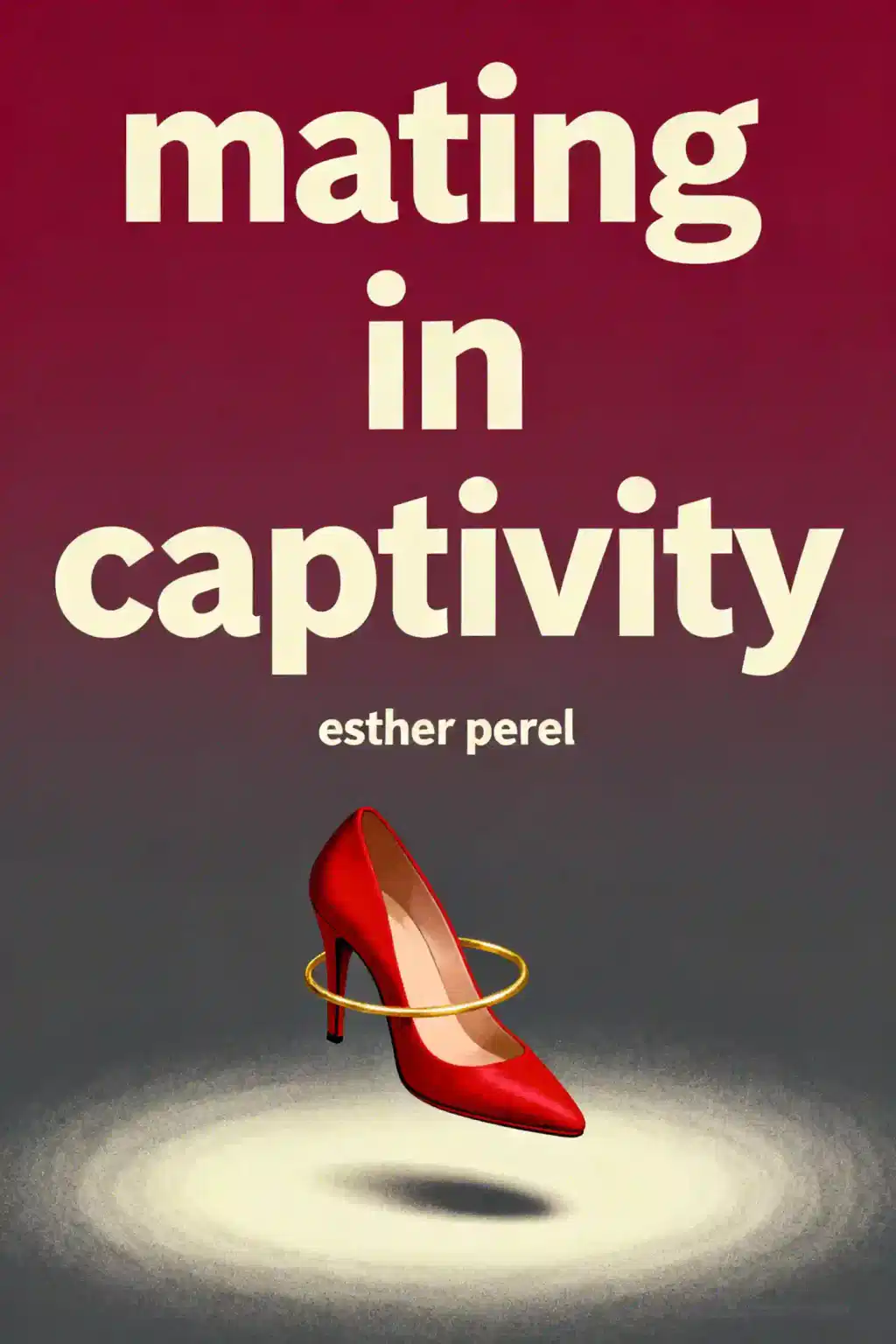What is Liber Null and Psychonaut by Peter J. Carroll about?
Liber Null and Psychonaut is a foundational text on chaos magic that combines two volumes into one comprehensive guide. The book presents practical techniques for achieving altered states of consciousness (gnosis), creating sigils, and manipulating belief systems as magical tools. Peter J. Carroll draws on shamanism, animism, Greek magical papyri, and integrates modern concepts from quantum physics and chaos theory to create an experimental approach to magic focused on results rather than tradition.
Who should read Liber Null and Psychonaut?
Liber Null and Psychonaut is ideal for both beginner occultists seeking an accessible introduction to chaos magic and experienced practitioners looking to deepen their practice. The book suits readers interested in psychology, philosophy, and alternative spirituality who appreciate a non-dogmatic, experimental approach. It's particularly valuable for those drawn to practical exercises over theoretical mysticism, though readers should be prepared for intense content involving unconventional rituals and challenging mental exercises.
Is Liber Null and Psychonaut by Peter J. Carroll worth reading?
Liber Null and Psychonaut is considered one of the most influential works on magic since Aleister Crowley, making it essential reading for serious students of the occult. The book's straightforward, non-pretentious style makes complex concepts accessible without sacrificing depth. However, its controversial content and demanding practices aren't for everyone—some readers find it transformative while others consider it overly provocative. Its historical significance and practical approach to modern magic justify its reputation as a must-read.
What is Chaos Magic according to Liber Null and Psychonaut?
Chaos Magic in Peter J. Carroll's Liber Null and Psychonaut is a practical, results-oriented approach to magic that treats belief as a flexible tool rather than fixed truth. The system rejects established symbolic frameworks in favor of whatever works for the individual practitioner. Central to Chaos Magic is achieving gnosis—altered states of consciousness—through inhibitory or excitatory methods. The philosophy embraces paradox, adaptability, and constant personal evolution, summarized by the motto "nothing is true, everything is permitted."
What are sigils and how are they used in Liber Null and Psychonaut?
Sigils in Peter J. Carroll's Liber Null and Psychonaut are symbolic representations of desires designed to bypass the conscious mind and activate subconscious will. Practitioners create sigils from words, images, or mantras, then stylize them to obscure the original intention. The process involves three steps:
- Construction
- Banishing from conscious thought
- Charging during gnosis (trance, orgasm, or intense emotion)
After charging, the sigil must be forgotten to allow subconscious manifestation of the desired outcome.
What is gnosis in Liber Null and Psychonaut by Peter J. Carroll?
Gnosis in Liber Null and Psychonaut refers to altered states of consciousness essential for achieving magical results. Peter J. Carroll describes two paths to gnosis: inhibitory methods (meditation, trance, sensory deprivation) and excitatory methods (intense emotion, orgasm, physical exertion). These altered states allow practitioners to bypass rational consciousness and access deeper levels of will. Mastering gnosis is considered the key to magical power in chaos magic, enabling effective sigil charging, invocation, and reality manipulation.
How does Peter J. Carroll explain belief systems in Liber Null and Psychonaut?
Peter J. Carroll treats belief as a flexible instrument to be adopted and discarded strategically rather than held as absolute truth. Liber Null and Psychonaut includes exercises where practitioners deliberately adopt contradictory belief systems—paganism, monotheism, atheism, nihilism, chaoism, superstition—to demonstrate belief's arbitrary nature and power. This approach frees magicians from dogmatic constraints, allowing them to use whatever belief structure produces results. The book emphasizes that clinging to fixed beliefs limits magical effectiveness and personal transformation.
What is the True Will or Augoeides in Liber Null and Psychonaut?
The Augoeides in Peter J. Carroll's Liber Null and Psychonaut represents the magician's Genius, Daemon, or True Will—the most authentic expression of self beyond ego. Attaining knowledge and conversation with the Augoeides is described as the Great Work, guiding one's ultimate purpose and destiny. The discovery process involves daily ritual, rigorous self-examination, and interpreting all experiences as messages from infinite Chaos. Carroll warns that mistaking ego complexes for the Augoeides can lead to obsession or madness.
What techniques for personal transformation does Liber Null and Psychonaut teach?
Liber Null and Psychonaut advocates deliberate mental and emotional restructuring through liberation techniques including sacrilege, heresy, iconoclasm, and challenging taboos. Peter J. Carroll presents metamorphosis as the conscious reorganization of habits and thought patterns to achieve magical consciousness. The book emphasizes cultivating non-attachment and the ability to laugh at all things as antidotes to obsession. True liberation is defined as the freedom to consciously choose and change one's dualities, beliefs, and behaviors at will.
How does Liber Null and Psychonaut approach invocation and evocation?
Peter J. Carroll distinguishes evocation as creating or summoning semi-independent entities (elementals, spirits) to perform specific tasks using sigils and visualization, while invocation involves immersing oneself in the qualities of gods, archetypes, or desired traits through ritual and gnosis. Liber Null and Psychonaut provides instructions for constructing magical entities from desired attributes, giving them names, images, and sigils, then charging them to act autonomously. Proper banishing and exorcism techniques are emphasized to maintain control and prevent obsession.
What is the Alphabet of Desire in Liber Null and Psychonaut by Peter J. Carroll?
The Alphabet of Desire in Liber Null and Psychonaut is a system of 21 root emotions, each represented by a unique glyph, used to understand and manipulate emotional states for magical work. Peter J. Carroll teaches that recognizing and working with the dual nature of emotions—understanding how love contains hate, courage contains fear—is essential for personal transformation and magical effectiveness. This framework allows practitioners to consciously access and channel specific emotional states during ritual work and gnosis.
What criticisms does Liber Null and Psychonaut receive?
Critics of Liber Null and Psychonaut describe it as "pretentious gibberish" with unverified claims, comparing it to Scientology's unfounded belief systems. Some reviewers note the book makes scientifically false statements, such as misrepresenting firewalking principles. Others find the content overly provocative, describing it as potentially dangerous or designed to shock rather than teach. However, defenders counter that these criticisms miss the point—the book deliberately challenges rationalism and encourages experimental verification rather than blind acceptance of any system.



















